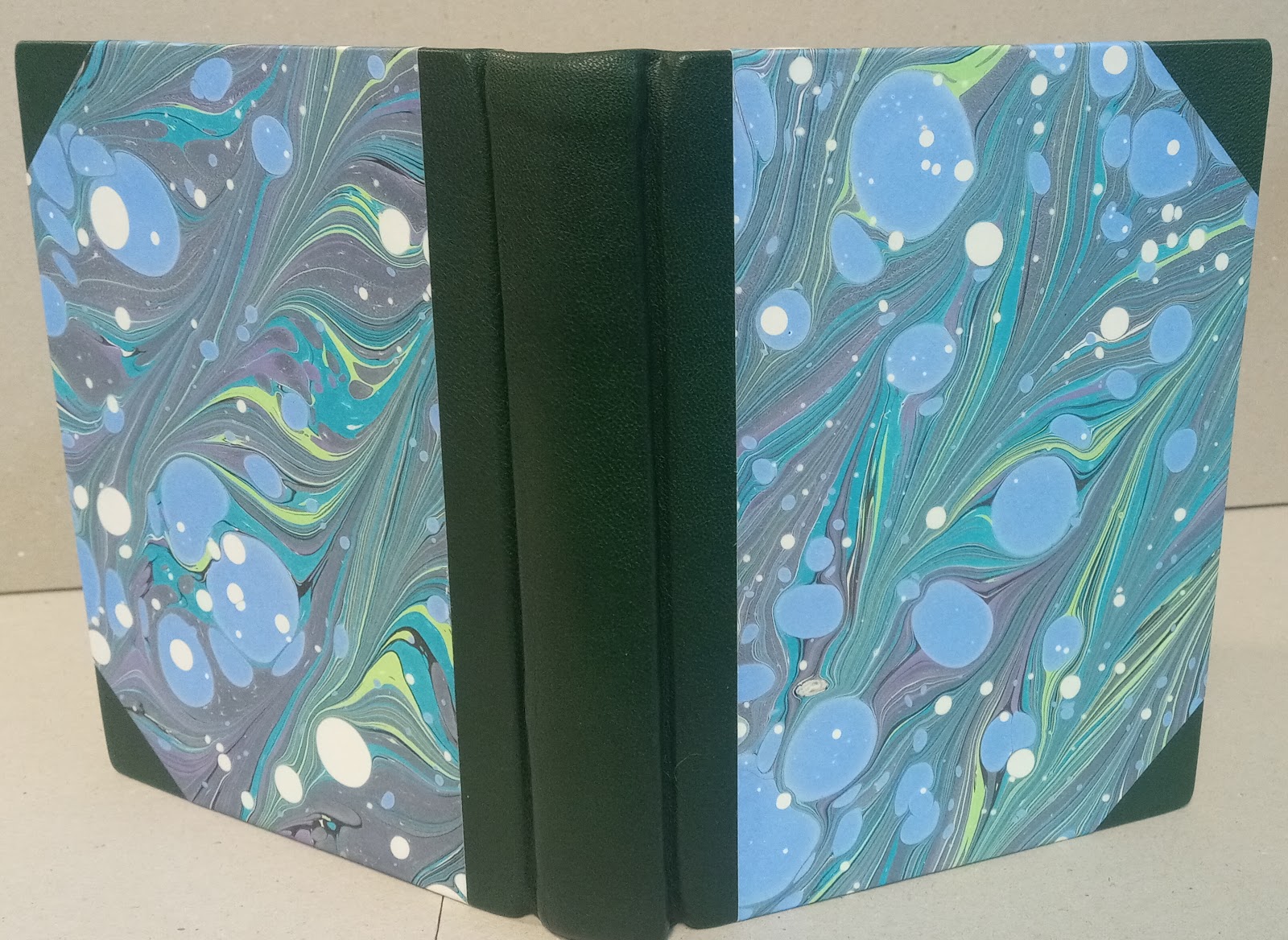 Merry Christmas, happy holidays, season's greetings, happy solstice, lovely day! Take your pick!
Merry Christmas, happy holidays, season's greetings, happy solstice, lovely day! Take your pick!I tried one final little project for the end of the year, involving folding pretty paper to make little boxes. I tried a variety of origami box structures looking for one that might work for packing up some little books. I had two main requirements for the boxes. Firstly, the miniature books needed to fit in the box, and secondly, I wanted the box to have a lid.
Initially I thought it should be a rectangular box so I attempted several rectangular boxes but couldn't get the dimensions quite right. I also tried a little box with a window (seen at the top of the tower), which I really like, but I wanted more lid.
After quite a lot of trial and error, I settled on the standard origami Masu Box. I've seen a couple different ways to make a Masu Box. There's one method where you start by folding the paper into thirds. Then, there's another method (more common, probably) where you start by folding the paper in half diagonally like these simple instructions here. I used this version, since it was easier to tweak it and make a well-fitting lid. These are the final boxes that were the best sizes and had the best lids:


Only eleven posts on my blog this year, sheesh. As usual, I'll sign off 2023 by saying that I'll try to post more often in the new year!










 Recently I had an opportunity to see a collection of fine bindings made by Douglas Cockerell. Cockerell is well-known to students of bookbinding.
He is the author of the enduring instructional book, Bookbinding and the Care of Books, first published in 1901 and still used by many today. Also these small booklets, "Bookbinding as a School Subject" that he wrote. These are my own copies shown here. In this photo, books one and two are from the second printing; books three, four, and five are from the third printing.
Recently I had an opportunity to see a collection of fine bindings made by Douglas Cockerell. Cockerell is well-known to students of bookbinding.
He is the author of the enduring instructional book, Bookbinding and the Care of Books, first published in 1901 and still used by many today. Also these small booklets, "Bookbinding as a School Subject" that he wrote. These are my own copies shown here. In this photo, books one and two are from the second printing; books three, four, and five are from the third printing.










